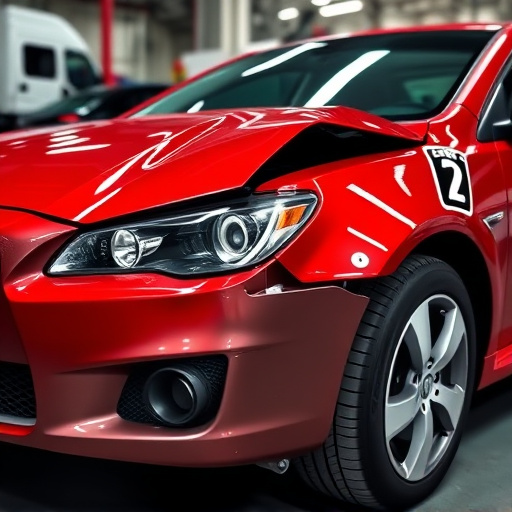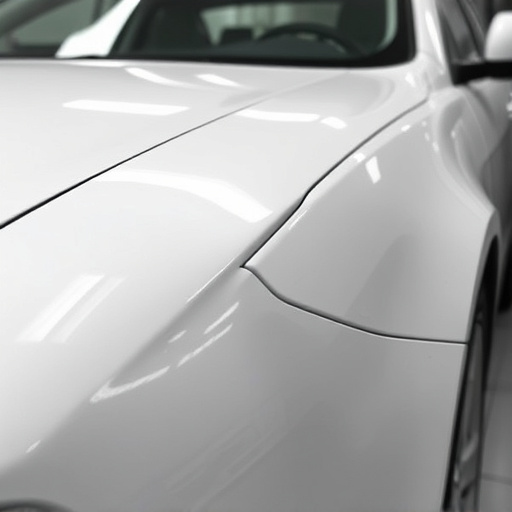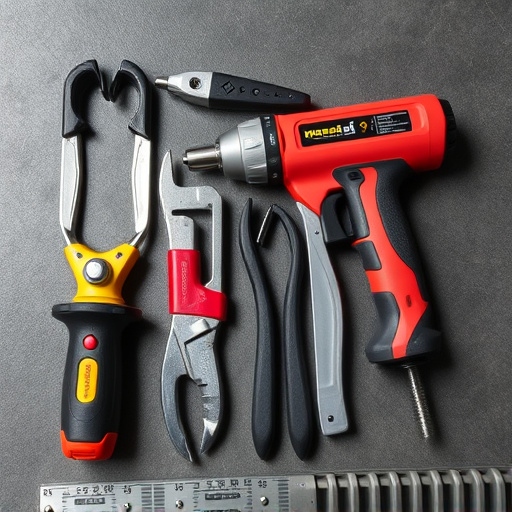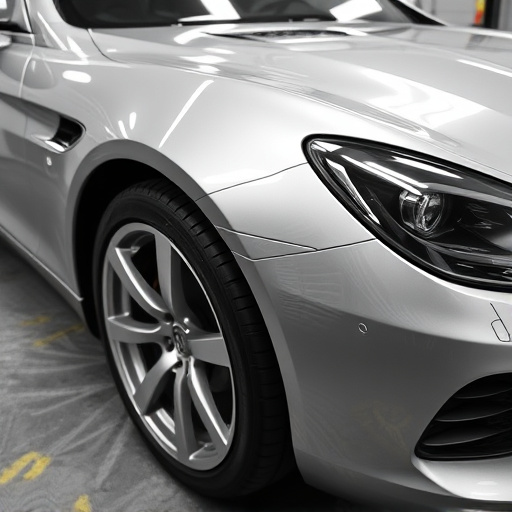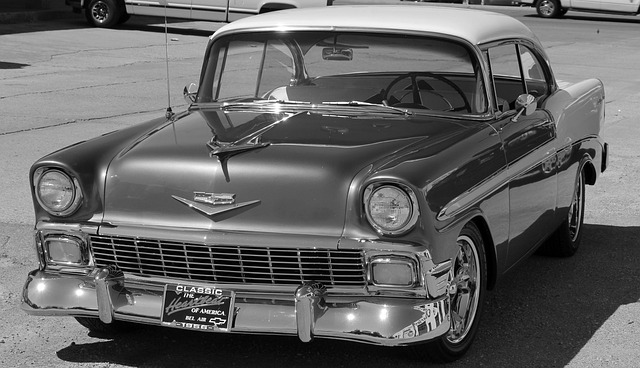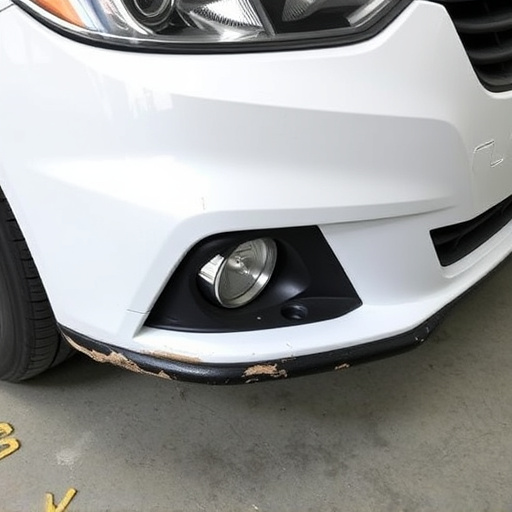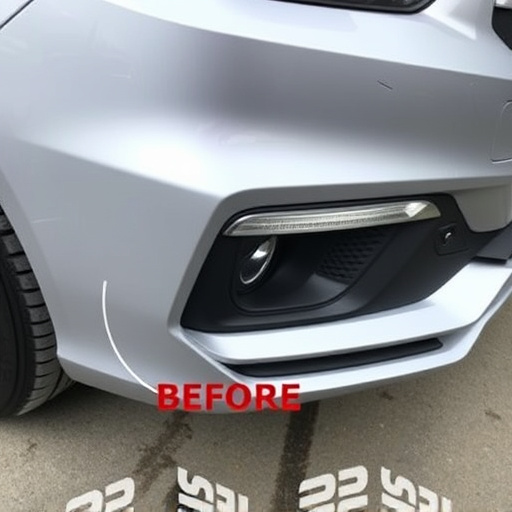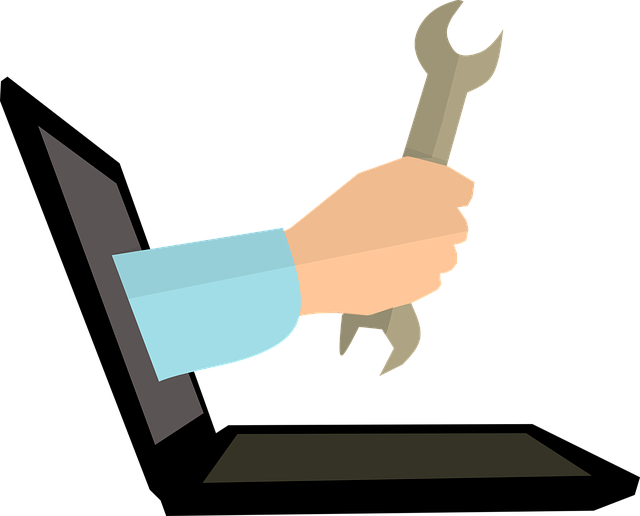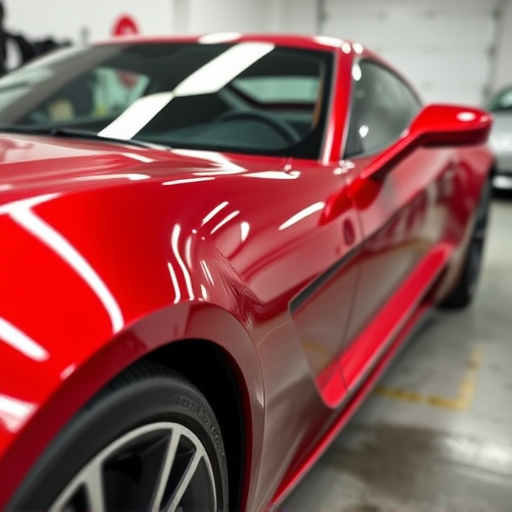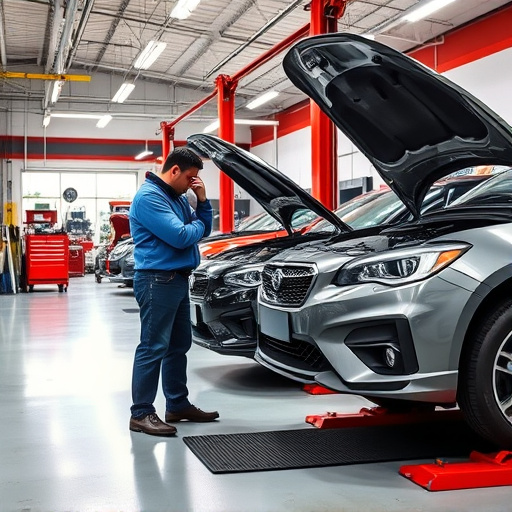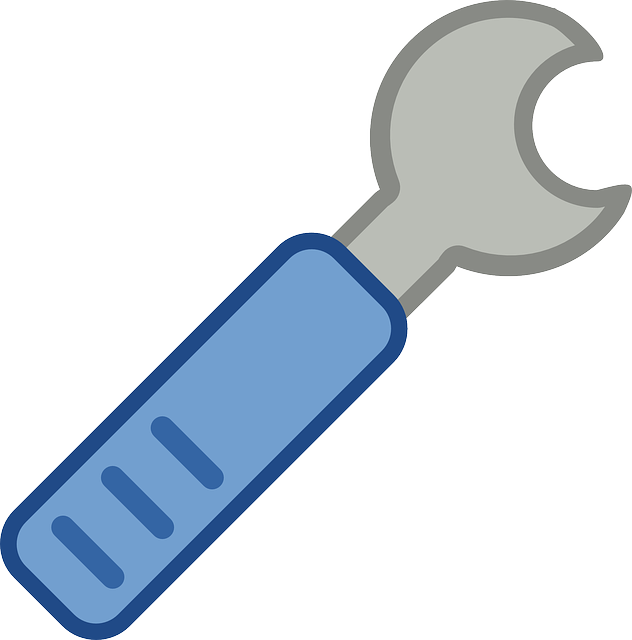Assessing damage is the crucial first step in auto body repair process, where experienced technicians meticulously inspect, measure, and document imperfections. This includes evaluating intricate vehicle components for replacements or specialized repairs. Modern practices provide real-time status updates to keep customers informed. The process involves removing damaged panels, sanding for smoothing, applying primer, painting for visual and structural restoration, and final inspections to ensure seamless, high-quality outcomes, including quality assurance tests and safety evaluations.
“Discover the modern approach to auto body repair with real-time status updates, revolutionizing the traditional process. This comprehensive guide takes you through every step, from the initial damage assessment—where skilled technicians meticulously inspect your vehicle—to the final quality assurance checks. Learn about innovative repair techniques, including meticulous sanding and precise painting, ensuring a seamless restoration. Stay informed throughout, as each phase is updated in real-time, providing transparency and peace of mind during your auto body repair journey.”
- Assessing Damage: The Initial Inspection
- Repair Techniques: From Sanding to Painting
- Final Touches and Quality Assurance Checks
Assessing Damage: The Initial Inspection
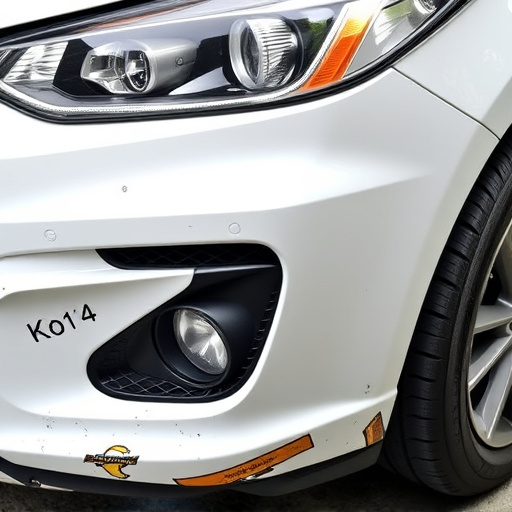
After a fender bender or any collision, assessing damage is a crucial step in the auto body repair process. The initial inspection involves a thorough examination of the vehicle by experienced technicians in a vehicle body shop. They visually inspect every angle and corner, checking for dents, cracks, or any misalignments that could indicate underlying structural issues. This meticulous process often includes using specialized tools to measure and document the extent of damage, ensuring no hidden problems go unnoticed.
During this phase, technicians also take into account the condition of various components, especially in luxury vehicles known for their intricate design and precision engineering. From exterior panels and fenders to complex interior systems, every part is carefully evaluated to determine whether it requires replacement or specialized repair techniques. Real-time status updates are a key feature of modern auto body repair processes, keeping customers informed about the progress, including the initial assessment findings.
Repair Techniques: From Sanding to Painting
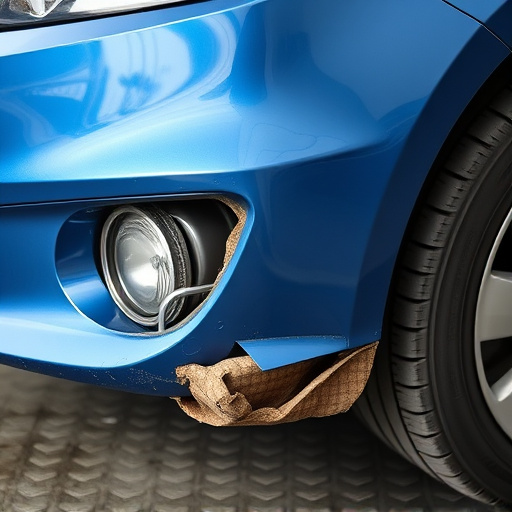
The auto body repair process involves a meticulous series of steps designed to restore vehicles to their pre-incident condition. It begins with an assessment, where technicians inspect the damage—be it from a car collision, fender bender, or hail storm—to determine the extent of repairs required. This is followed by the removal of damaged panels for closer inspection and repair or replacement.
Repairs can range from simple fender repairs to more complex structural work. Sanding is a crucial step in smoothing out imperfections and preparing the surface for painting. Once the metal is ready, technicians apply primer to seal the area, ensuring a durable foundation before moving on to the final stage: painting. This meticulous auto body repair process ensures not only visual restoration but also structural integrity, with each step carefully monitored through real-time status updates.
Final Touches and Quality Assurance Checks
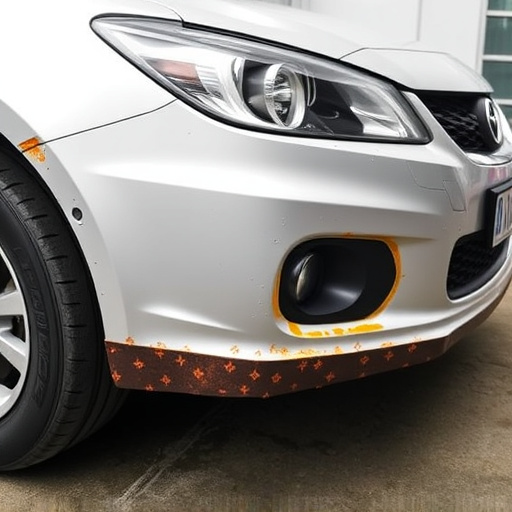
After all repairs are completed, the final touches become crucial to ensure a seamless and high-quality outcome. This stage involves meticulous checks and adjustments to every detail, from painting and panel alignment to ensuring proper functionality of all mechanical components. Skilled technicians carefully inspect each repair area, using specialized tools to detect any inconsistencies or imperfections that might have been missed earlier. They address these issues promptly, fine-tuning the work until it meets the highest standards.
Quality assurance is a vital part of the auto body repair process. It includes comprehensive tests for strength and durability, ensuring the car can withstand various road conditions. This involves checking critical systems like brakes, lights, and wipers to guarantee their optimal performance. Additionally, the final quality check confirms that all parts, including auto glass replacement or car dent removal, are securely fastened and aligned, enhancing the overall safety and reliability of the vehicle.
The modern auto body repair process incorporates real-time status updates, enhancing transparency and customer satisfaction. From initial damage assessment through to final quality assurance checks, each stage is now more accessible than ever. Repair techniques, including sanding and painting, have evolved to deliver precise, high-quality results. This streamlined approach ensures vehicles not only look like new but also function optimally, reflecting the advancements in the industry that prioritize both aesthetics and safety.
